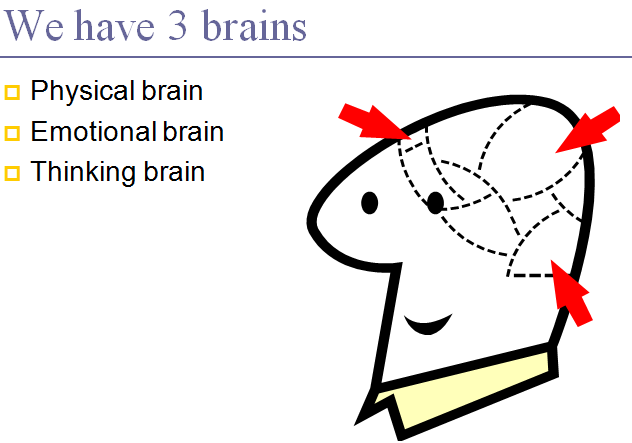 How do you create an emotional connection with your readers? More importantly, how do you get them so inspired they want to take action, like join your list, opt-in, comment, or buy something? Here are some psychological secrets to keep in mind.
How do you create an emotional connection with your readers? More importantly, how do you get them so inspired they want to take action, like join your list, opt-in, comment, or buy something? Here are some psychological secrets to keep in mind.
When writing on the web – either in a blog post, an ezine or other forms of content marketing, readers are more likely to respond to your offers of service or products if there is a resonance between you. An emotional connection is forged when your reader experiences being on the same ‘wave length’ as you. This can be done several ways.
I have to warn you: this is not always easy to do in an email, ezine or blog. Why? Because people are so different, and what is appealing on an emotional level to one is aversive to another.
Furthermore, the written word lacks the vocal intonation and body language that usually communicate meaning to your messages. So you have to be very clear when writing, more so than with speaking.
Remember, in another post I talked about 50 percent of people being ‘feelers’ and the other 50 percent ‘thinkers.’ So using emotional language will probably put off some people instead of connecting with them.
Don’t forget that even thinking type people have emotions. And emotional type people are also quite rational. So striking resonance means you have to show you care and show that you are logical at the same time.
Make no mistake: it’s not easy to successfully connect on an emotional level with a large subscribership. Here are my
suggestions for doing this:
- If you want to forge emotional ties, try reaching your readers on a level of their “humanness”… universal needs and wants of all human beings. We all want a sense of belonging, we all want to feel a part of life and society and we all seek meaning out of life. There are certain emotions that are common world-wide: loneliness, alienation, love, achievement, pride, shame—the paradox of being human means we are sometimes bad and sometimes wrong as well as good and right.
- Another way to connect on an emotional level is to share some of your own humanness. Mistakes are a great way to do this. When a reader reads about something stupid you did, they access a memory link to something similar that they did. When you then explain your lessons learned, you are teaching them indirectly how they can apply this lesson to their own lives, without actually telling them to do anything. They can feel a kinship to you because they know you are like they are.
- You can also create emotional pictures by using words that ask the reader to imagine something. Ask them to become aware of their feelings when they imagine something. This is called hypnotic suggestion. Since we know that people buy for emotional reasons and then find a rationale for their purchases afterwards, this makes sense, no? Read More→
























Recent Comments